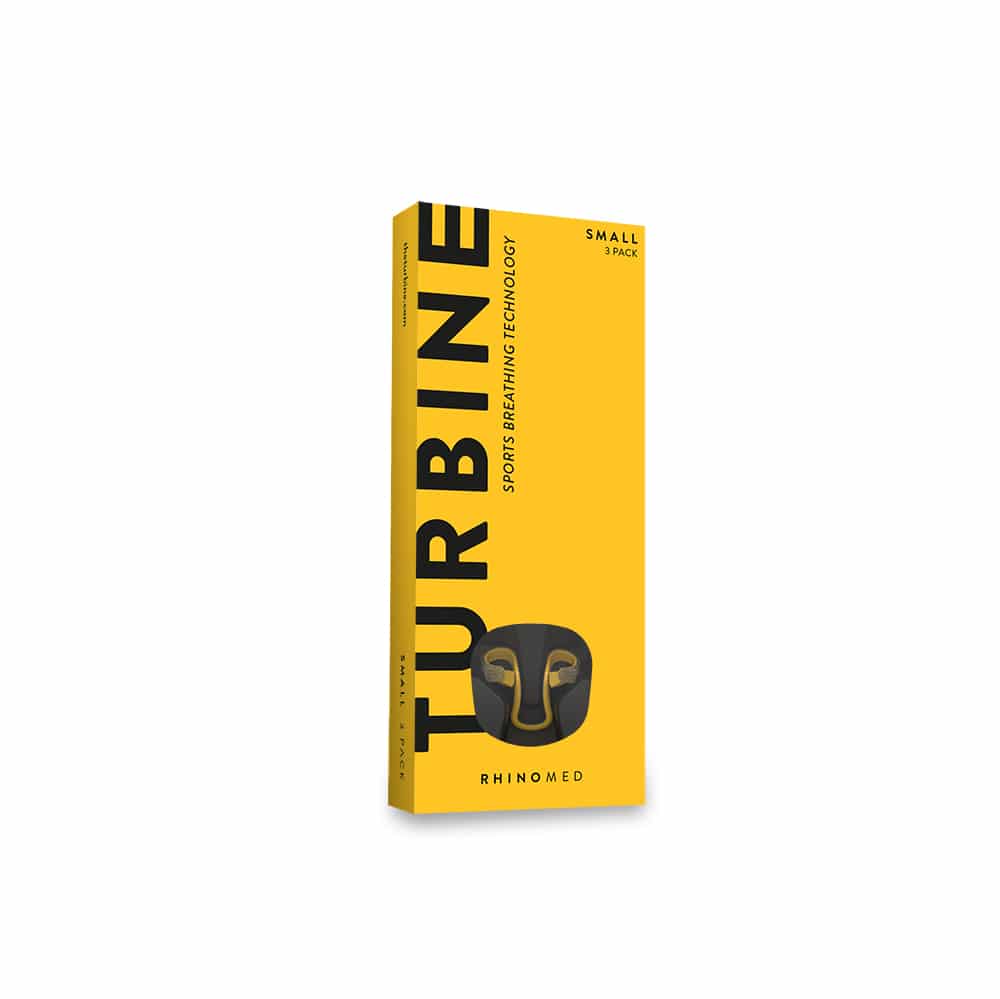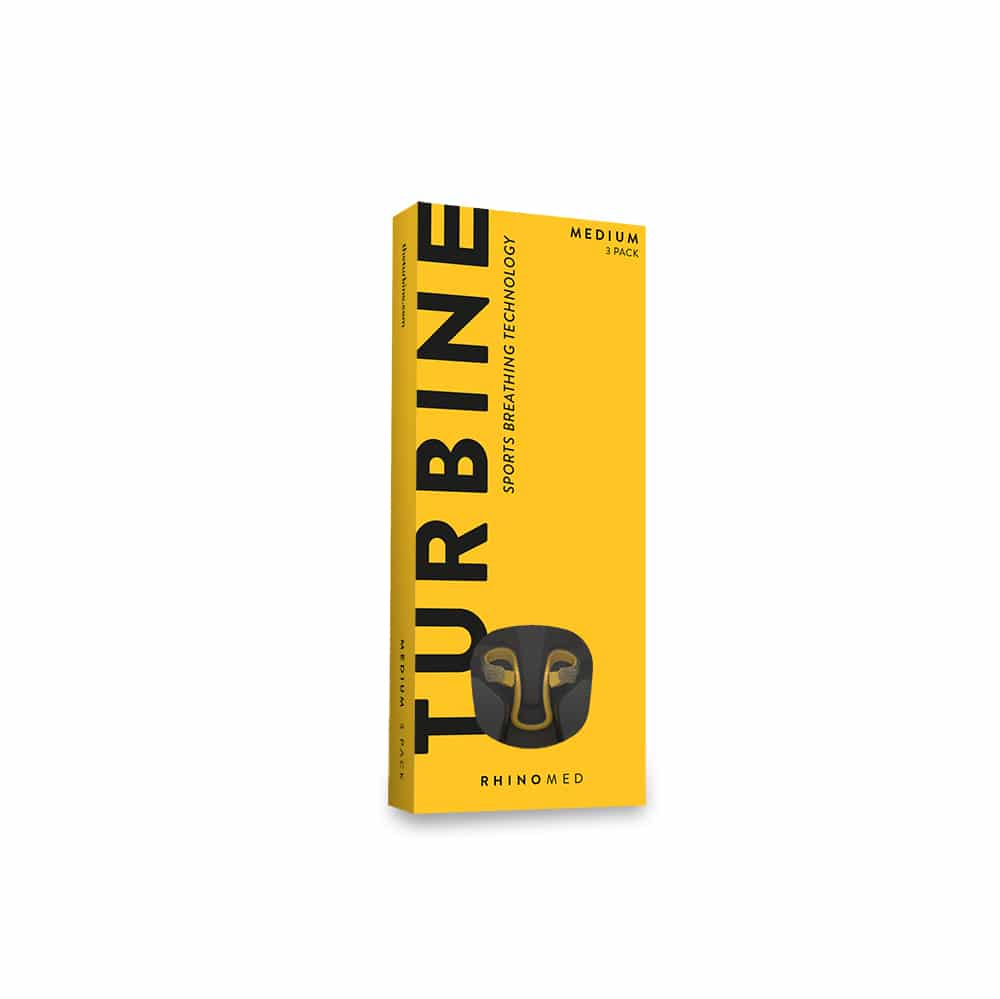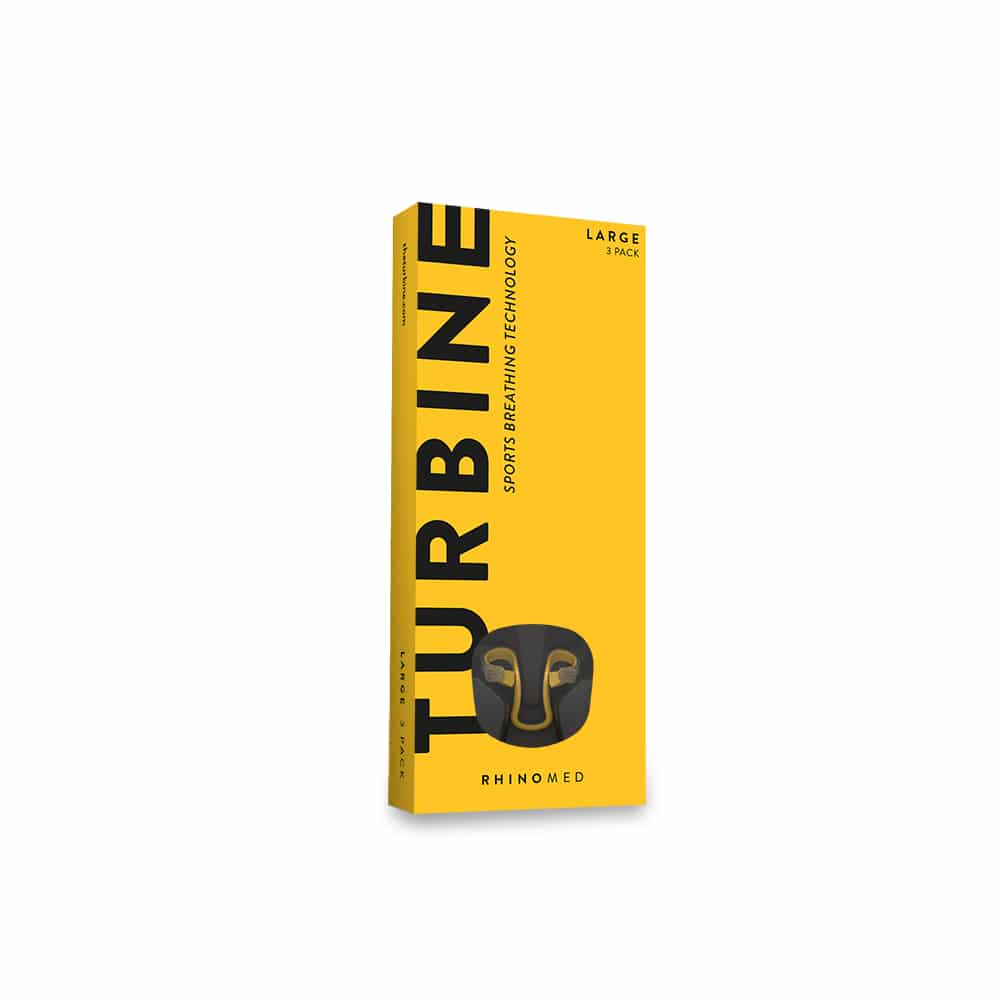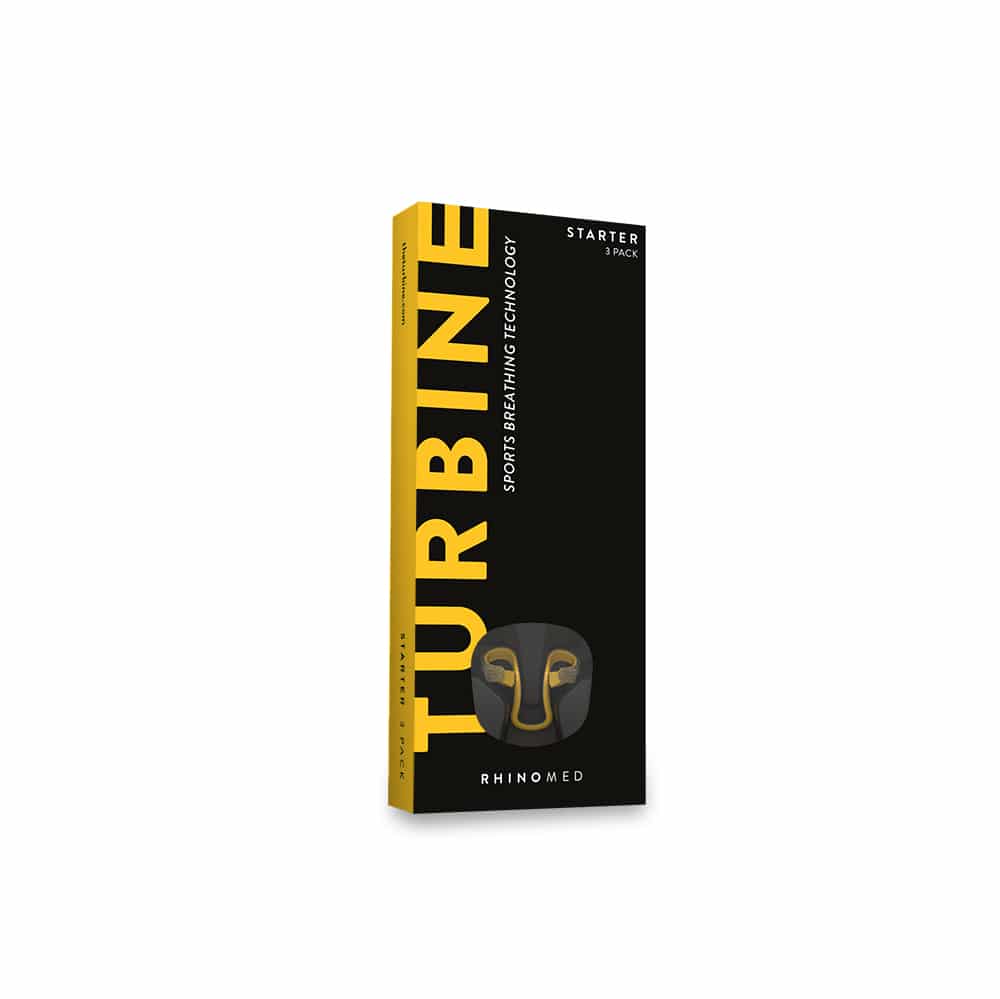“Hi Dr Mitch – I’ve been dabbling in shorter distance tris but keen to get into the longer stuff now but have been told I have the running style of a baby giraffe. Any tips? – Miss Giraffe”
Hi Miss Giraffe,
Thanks for writing in. There are, as I consider it, a number of vital things to think about when you are running, rather than just putting one foot in front of the other. So here they are:
1 ) Heel strike: This is the first part of your running stride cycle, and as such, very important. Every shoe is advertised in terms of ‘heel-counter technology’ or ‘more gel in the hind foot’ or ‘we care, so there’s more air!’ I have to admit, I made that last one up. But the point is, you must have a well cushioned hind foot or heel on your shoe, or you’ll likely blast it to smithereens! Replacing shoes regularly (3-4 months or every 800-1000km) is a good way to ensure you avoid initiating heel damage…and you start off your stride with a stable base.
The control muscle for this action is the tibialis anterior muscle…that’s the one running down the very front of your shin bone. To improve the strength of this muscle, try some down-hill efforts- start with a few, then build from there. Importantly, you must avoid your toes slapping down onto the pavement as you run. For fifty strides (then increasing), try and control the flattening of your foot onto the footpath.
2) Mid-stance: This is the middle of your stride, and where your body comes into line over the knee. The key to maintaining good form here is two-fold. The first point is to make sure you are in a strong pelvic position over the knee, making sure you are not shunting your hips across too far from that central body line. The second is to have some stable shoes in the mid-sole, so you’re not collapsing your arch. The best way to test a shoe for mid-sole stability is to place a hand on the heel, and a hand over the toe and then rotate the shoe in opposing directions. This should feel stiff and strong.
It is vital to control your hips in this part of your stride, or ITB and knee problems are a surety. Try getting someone to video your from the front and behind on when you are running in a straight line (I recommend doing this on a track). It’s amazing the number of little changes you can make to glean extra seconds of efficiency in your stride. In order to strengthen the pelvic muscle’s that control mid-stance…how long have we got??!! All abdominal exercises will help. Using a step in front of a mirror, then placing your foot onto the floor by just touching your toes then back up will do it. Attention must be paid to keeping your pelvis flat and in the mid-line.
3) Toe-off: The end of the stride, setting you up for the all important heel strike on the other leg. This is a hard one to control, and has a lot to do with small and large muscles in your lower leg. These muscles are tibialis posterior, the calf and flexor hallicus longus. Hmmm, better to just say muscles on the inside and back of your lower leg. What is easier to grasp, rather than the ridiculous latin names of your muscles, is the importance of this part of your stride. If you have no control over these muscles, you are putting more strain on the bones and ligaments in your feet, leaving yourself open for injury!
So how to strengthen this complex of muscles? Obviously specificity is one way…that is, going running. But volume will not always do. Try some shortish up-hill or flat strides: again, fifty at a time building up. If you’re obsessed with the gym, then find a good solid step and do some heel raises with your heel hanging over the step. Try not to hang onto anything when you do this exercise, as triggering you proprioceptive (or position sense) controls is also important.
There are two factors that make up your running speed: stride length (distance per step); and stride frequency (no. of steps per 100m or minute). You can measure both of these easily. Check your stride length by counting no. of steps per 400m lap of the track…then you’ll also have stride frequency. As for using these measures to improve your running, that remains controversial. If you think about adding 1cm per stride over a marathon, for the same frequency, you’ll cover the distance faster. But will you? It may not be as energy efficient to alter your stride length, as to alter your frequency. There is anecdotal evidence to suggest that maintaining cadence over 10km at the end of a triathlon may also maintain your run speed. Trialling these minor alterations in training with a heart rate monitor may give you an indication of whether or not a change of either will work for you.
If you want to learn more about your run biomechanics ( and you’re worried they might be contributing to an injury or inefficiency) then go along and see a friendly physiotherapist or podiatrist, who will be an expert in analysing your technique on video. Good luck on the running!
Dr Mitch



